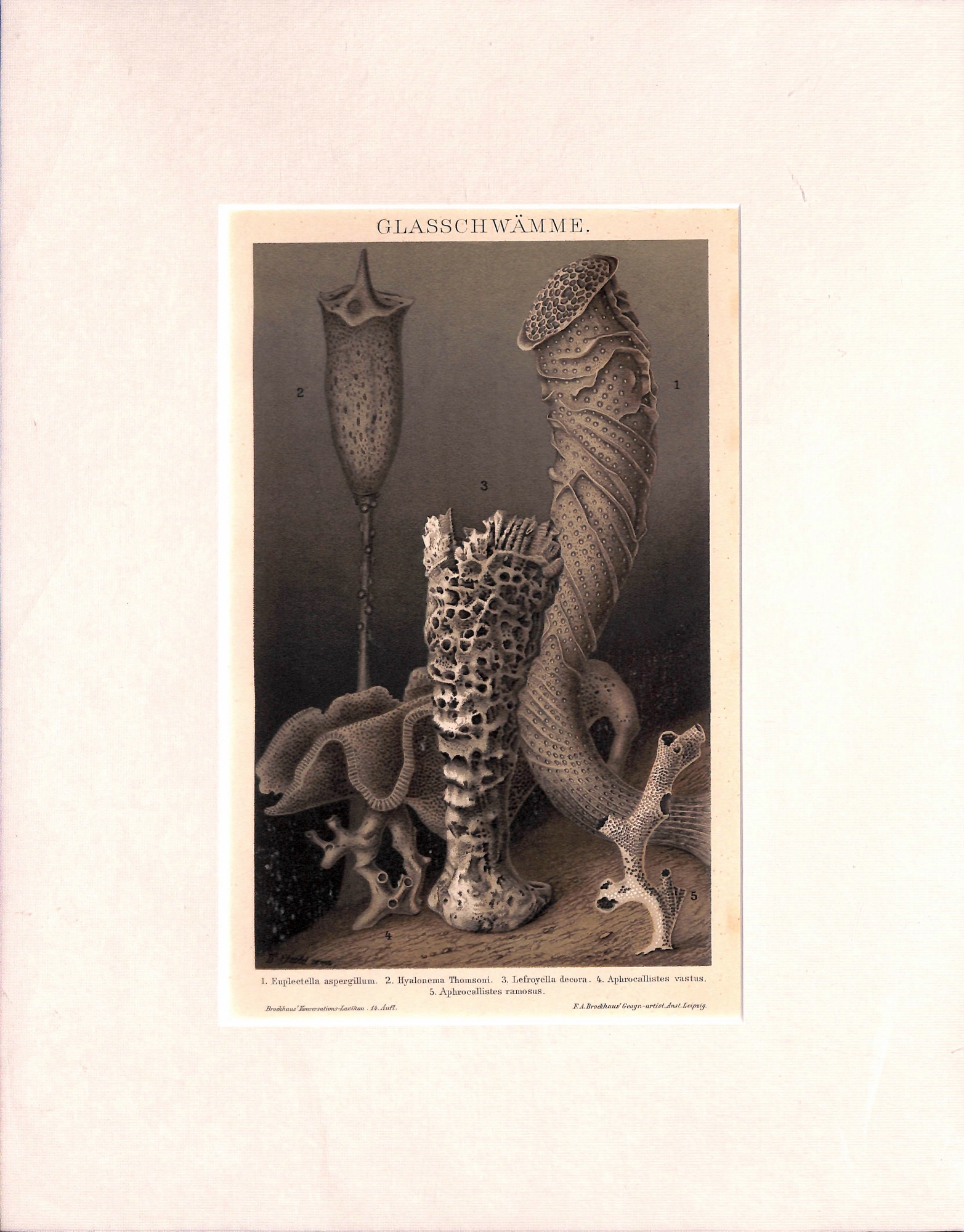

Water circulating through pores allows for gas exchange as well as food filtration. This is vital as sponges do not have a circulatory system, respiratory system, digestive system, muscular system, or nervous system as do many other animals. Their varied shapes (tube-like, barrel-like, fan-like, cup-like, branched, and irregular shapes) are structured to provide optimal water flow. Some giant sponges can reach heights of seven feet, while the smallest sponges reach heights of only two-thousandths of an inch. Sponges can be found at various depths in both marine and freshwater habitats and come in a variety of colors, sizes, and shapes.

This interesting feature allows a sponge to filter food and nutrients from water as it passes through its pores. Sponge parazoans are unique invertebrate animals characterized by porous bodies.


 0 kommentar(er)
0 kommentar(er)
